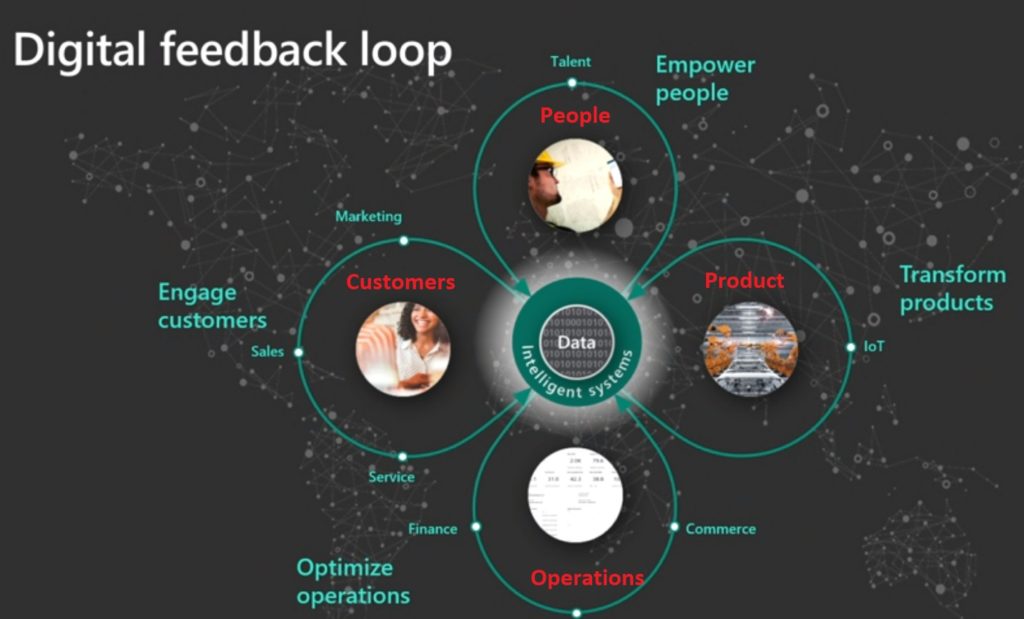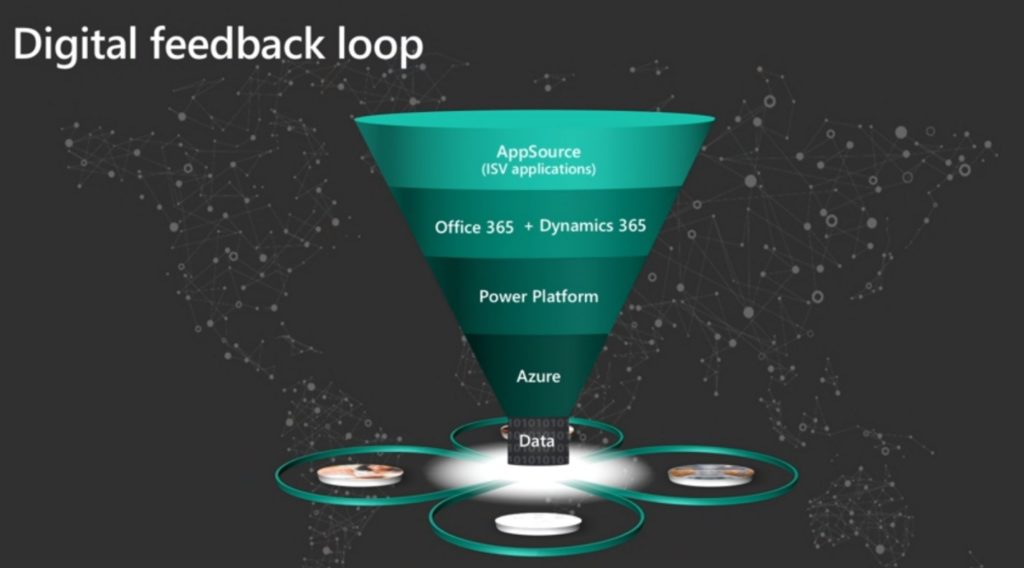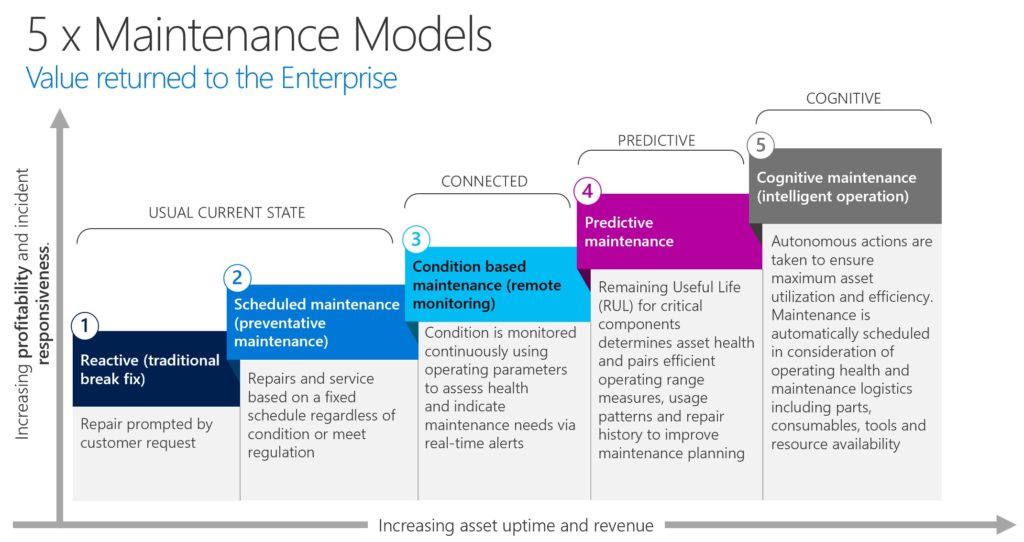SHEA team members are always learning to help our clients achieve Business Better. Anoush Taba’i, SHEA Solution Architect, recently attended a Microsoft Business Application Summit. Here is her experience:
SHEA Global attended the Microsoft Business Application Summit on June 10 and 11 in Atlanta, GA. The main theme of this conference was the “digital feedback loop” around customers, people, product, and operations. The diagram below explains this paradigm: all Microsoft business applications collect data related to key areas of business, represented as the centre. The next step – and the focus of the conference – is how to make sense of the collected data and act on it (i.e. a feedback loop).

Microsoft’s mission over the past eight years has been to create a foundation for collecting and storing data that sits at the centre of all of these applications. The focus for future years is to provide capabilities to organize the data in such a way that it is understood by the host application (i.e. Common Data Model) and provide intelligence to help companies create their own feedback loops (i.e. PowerApps, PowerBI, and AI).

Almost every session ended with this slide and the roadmap of how to make sense of the data and enable or optimize the four pillars: customers/people/products/ and operations. One example of this is Asset Maintenance.
Microsoft recently acquired a new ISV for Asset Maintenance in Dynamics 365 Finance and Operations (F&O). In the next release, this will be offered as a new module in F&O. While the module itself is a huge improvement over the standard F&O suite, the presenters stressed how this module can be enhanced by PowerBI, PowerApps, and AI to take an organization from a Level 1 maintenance plan to Level 5. (Image below)

Another interesting comment by James Phillips, Corporate Vice President of the Business Applications Group, during the keynote session was the layered approach to the new solution architecture. Referring to the stack capabilities, he said Microsoft gave us O365 and D365 and enhanced it with AppSource. If that is not sufficient, there are PowerApps, Flow, and the rest of the Power Platform suite to fill in the gap. If that is not enough, there is Azure Library and Azure Functions to further enhance the functionality.
At SHEA, when we are pulling all of the technology pieces together to develop a solution for our customers, we consider customizations (and ISVs) as well as all of the emerging technology capabilities, such as PowerApps and Azure applications. Our consultants have the knowledge and experience to strike a balance to come up with cost-effective, scalable, reliable, and creative solutions to help our customers achieve Excellence.
Work with us on your next project. Contact us for a consultation.